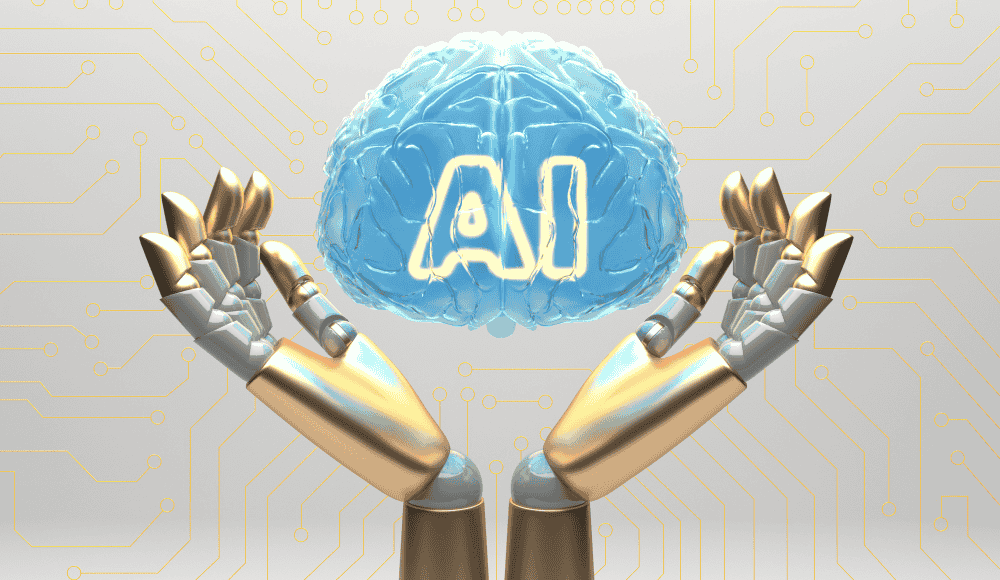
Introduction
Artificial Intelligence (AI) is reshaping industries and redefining how we work. From automating routine tasks to enhancing decision-making processes, AI is poised to become a transformative force in the workforce. However, this transformation brings both opportunities and challenges that businesses, employees, and policymakers must navigate.
Hire a Developer
Opportunities
- Automation of Routine Tasks AI excels at handling repetitive, mundane tasks such as data entry, scheduling, and inventory management. By automating these functions, employees can focus on higher-value activities that require creativity and strategic thinking.
- Enhanced Productivity and Efficiency Machine learning algorithms can process vast amounts of data faster and more accurately than humans. This capability enables businesses to identify trends, optimize operations, and make data-driven decisions more efficiently.
- Creation of New Jobs and Roles The integration of AI is fostering the creation of roles in data science, machine learning engineering, and AI ethics. As AI technologies advance, demand for skilled professionals who can develop, implement, and manage these systems will increase.
- Personalization and Customer Experience AI-driven tools enable businesses to tailor products and services to individual customer preferences. Personalized marketing, AI chatbots, and recommendation systems enhance customer engagement and satisfaction.
- Improved Decision-Making AI-driven analytics tools provide insights that support better decision-making. Predictive analytics can help forecast market trends, while AI-powered simulations allow companies to test various strategies before implementation.
Challenges
- Job Displacement While AI creates new roles, it also poses a risk of displacing workers in certain job categories, particularly those involving repetitive and routine tasks. Sectors such as manufacturing, logistics, and customer service are particularly vulnerable.
- Skills Gap and Workforce Readiness The rapid adoption of AI technologies has outpaced the availability of skilled workers. Bridging this skills gap requires significant investment in education and training to equip employees with the necessary expertise.
- Ethical and Bias Concerns AI systems can unintentionally perpetuate biases present in their training data. Ensuring fairness, transparency, and accountability in AI decision-making processes is essential to prevent discrimination and maintain public trust.
- Data Privacy and Security The reliance on data-driven AI systems raises concerns about the protection of sensitive information. Robust security measures and clear data governance policies are crucial to safeguarding user data.
- Workplace Adaptation and Resistance Implementing AI solutions often requires changes to organizational structures and workflows. Resistance to change and a lack of understanding about AI’s potential benefits can hinder adoption.
Navigating the Future
- Investing in Education and Training Continuous learning initiatives can help workers adapt to the changing demands of the job market. Upskilling and reskilling programs will be essential to prepare employees for emerging AI-driven roles.
- Fostering Collaboration between Humans and AI Rather than viewing AI as a replacement for human workers, organizations should focus on fostering collaboration where AI augments human capabilities. This approach can lead to more innovative solutions and improved outcomes.
- Developing Ethical AI Frameworks Establishing clear guidelines for the ethical use of AI is crucial. These frameworks should address issues such as bias, accountability, and transparency to ensure AI is deployed responsibly.
- Implementing Inclusive Policies Policymakers should develop inclusive strategies that ensure the benefits of AI are distributed equitably across society. Support for displaced workers and investments in underrepresented groups can help mitigate job displacement effects.
- Promoting a Culture of Innovation Organizations that encourage experimentation and adaptability are better positioned to leverage AI effectively. A culture that embraces innovation can foster employee engagement and drive business growth.
Conclusion
AI’s role in the future of work presents a dual narrative of immense potential and significant challenges. By proactively addressing the hurdles and embracing the opportunities, businesses, workers, and policymakers can harness AI to build a more dynamic, efficient, and inclusive workforce. The key lies in fostering an environment where human intelligence and artificial intelligence work hand in hand to shape a better future.













